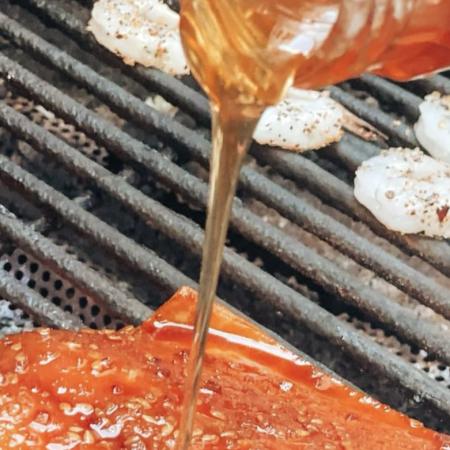Did you think 2020 was going to be the year of the murder hornet? Turns out that judgment might have been premature. Instead, 2020 could be the year of the blue bee. Which isn’t to say that previous years weren’t the years of the blue bee as well — but 2020 might turn out to be an encouraging year for bee enthusiasts.
At Smithsonian Magazine, Jonathan Kendall has the news of a recent discovery of blue bees made in Florida. This isn’t quite the same thing as uncovering a new species; scientists were already aware of the existence of blue bees. But until recently, the distinctively-colored bees were believed to be extinct — and so this is an encouraging development for those with concerns about local ecosystems.
The last time these bees (scientific name: Osmia calaminthae) were seen in nature was in 2016. Kendall spoke with Chase Kimmel, from the Florida Museum of Natural History, who provided some context on the bee’s relative rarity.
In all, Kimmel and colleagues documented just 17 rare bees and never more than three at any one time. To find these few, and record them for potential legal protections, Kimmel ventured to different sites across the Lake Wales Sand Ridge, a 150-mile long region along the dirt roads of central Florida marked by sprawling citrus groves and Bok’s Singing Tower, a 205-foot iridescent neo-Gothic structure.
Scientists are unsure of why these bees are colored blue. Kendall writes that they are “among at least nine species of bees in Florida that have blueberry-like exoskeletons.” Osmia calaminthae also has a number of distinctive behaviors and mannerisms — something scientists will now have the ability to study in greater depth in the months and years to come.
Subscribe here for our free daily newsletter.
Thanks for reading InsideHook. Sign up for our daily newsletter and be in the know.


















